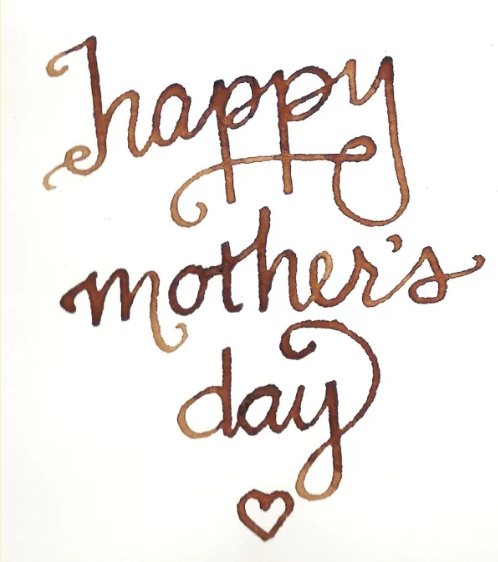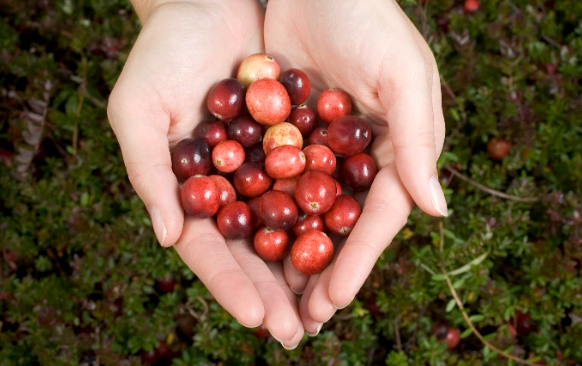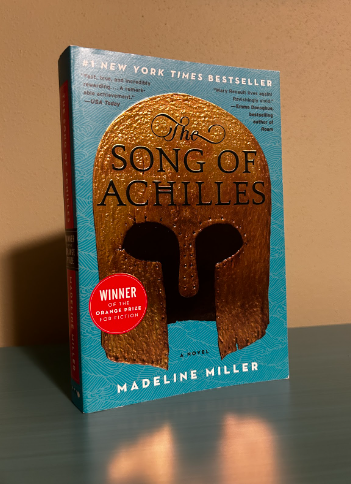As the weather gets colder and the snow starts to fall, many people begin Christmas preparations. This could be baking, shopping, partaking in family traditions, and much more. While many are most familiar with the way they and their families celebrate Christmas, holiday celebrations are diverse around the world.
United States
The United States has a variety of Christmas traditions because of the many cultures represented in the country. Some of the most common traditions include decorating a Christmas tree, opening advent calendars, hanging stockings above the fireplace, and of course, rewatching classic Christmas movies.
Some popular tree farms around Middleton include Summer’s and Enchanted Valley. Trees come in all shapes, sizes, and even materials, but unique traditions are showcased in the decorations. Ornaments are reminders of family vacations, favorite hobbies, and more. Decked out in lights, garlands and bulbs, decorating the tree with family and friends is an American Christmas essential.
Along with trees, advent calendars are a staple of many countries, including the United States. Each day you wake up to a new surprise and it is an exciting way to keep the Christmas spirit alive while you wait for December 25th.
Lastly, the Christmas season is not complete without watching your favorite classic movies. Some of MHS students favorite movies include Home Alone, Elf, Christmas Vacation, Polar Express, and much more.
Germany
During the Christmas season in Germany, you can expect to see streets lined with Christmas markets and festive decorations everywhere. Instead of Christmas falling on a single day, Germany celebrates on December 25-26.
While many of the United States’ traditions originated in Germany, the European country has some uniquely its own. The tale of Krampus is a German essential: Legend says that he kidnaps any children who cause trouble throughout the year and brings them to the underworld on December 6th. This story is a clever way for German parents to keep their children in line throughout the year.
There are also many traditions for the better-behaved children. Lebkuchen Haeuser, German gingerbread houses, originated in the 1800s from the fairytale Hansel and Gretel and have become a staple of Germany’s Christmas celebration.
Christmas markets sell everything from food to decorations. Some of the most famous Christmas markets include the Dresdner Striezelmarkt, which was the first-ever Christmas market, the Leipzig Christmas Market, which has over 250 stalls, and the Berlin Christmas Market, which is in one of its largest cities.
Mexico
Mexico might not be the first place that comes to mind when you think about a snowy, serene Christmas, but holiday traditions in Mexico are some of the most exuberant festivities. Mexico celebrates Christmas with vibrant colors, fun traditions and a wide array of foods. Some of Mexico’s popular Christmas dishes include Tamales, Ensalada de Nochebuena and Menudo.
Along with food, Mexico showcases many Pastorelas, which are modern reenactments of the birth of Jesus. Some other common traditions are the making of nativity scenes and using poinsettias as decoration. Nativity scenes are models of the birth of Jesus, and poinsettias are a dark red flower that represent goodwill and community spirit.
Sweden
Sweden is home to some lesser-known traditions, such as the Yule goat. In Gävle, Sweden, a goat built out of hay is displayed in the center of the castle square. The goat has been subject to several arson attacks and has been burned for the majority of the years it has stood in the square. They keep the tradition of the goat alive despite this because its story is essential to Swedish Christmas. In the story, the goat visits the people of Sweden before Christmas morning and represents goodwill and gift-giving.
Along with the Yule goat, another part of Sweden’s Christmas traditions are Dala horses. Dala horses are small wooden horse figurines with designs painted on them; historically, parents would carve wooden horses for their children or sell them at markets as presents to be bought. They quickly became popular and have remained a staple of Sweden’s traditions.
Philippines
In the Philippines, 90 percent of the population is Christian, meaning that Christmas is very important to both the people’s culture and identity. Because of this, the Philippines holiday season is much longer than most countries, at a total of four months.
One of the most popular traditions is caroling. Carolers make their costumes and bring instruments to go door to door performing Christmas songs. They also build nativity scenes, called “Belen.” Belen often features the three kings, angels, and, of course, Jesus.
Filipinos also build lanterns and host a lantern festival. Travel and Leisure explains that “today’s giant lanterns are engineering and electrical feats that measure approximately 20 feet tall and can have up to 10,000 bulbs.”
Middleton High School
Middleton High School students partake in a diverse range of Christmas activities as well.
“We decorate, make and deliver cookies, and celebrate with extended family. On Christmas Eve we go to church,” said 9th grader Ziva Gibson.
Other students describe traditions unique to their families, among the other traditional holiday festivities.
“My family has very funny Christmas traditions at Christmas,” said 9th grader Stella Schroeder. “First, we have white elephant gift giving, where we choose random things that we don’t need and give them away. Then we have a lip sync competition where we all prepare songs to lip sync for our family.”
Whether spending Christmas at home or on vacation, MHS students and their families make the most of their time together during the holidays, and share their unique traditions with those around them.
From Christmas trees to lanterns, every culture has its own traditions and ways of celebrating. Learning about a country’s traditions is a great way to get to know more about their culture and way of life. What traditions are unique to you and your family?









